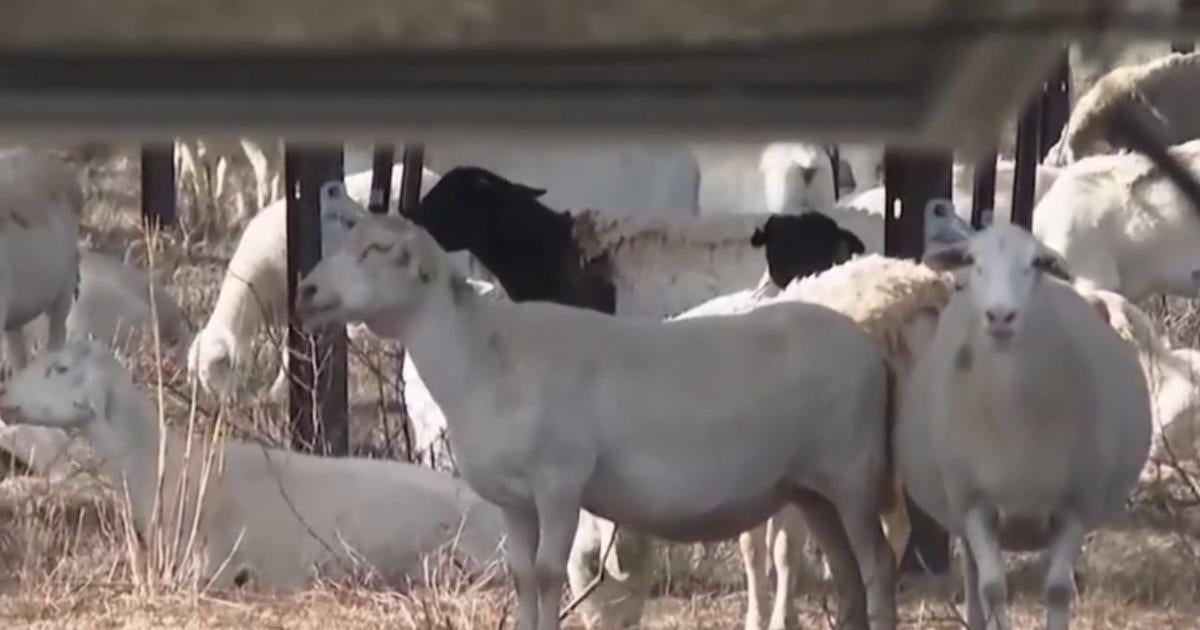Grazing Innovation: How Sheep Are Transforming the Solar Industry
In recent years, the solar industry has made remarkable strides in harnessing renewable energy. However, a new trend is taking root—combining traditional agriculture with cutting-edge technology. Enter sheep grazing, an ancient practice that is finding new life in the world of solar farms. This eco-friendly innovation not only aids in vegetation management but also enhances the efficiency of solar panels while promoting biodiversity. Let’s explore how this unique intersection is revolutionizing the solar landscape.
The Need for Vegetation Management in Solar Farms
Solar farms, with their vast arrays of photovoltaic panels, require regular maintenance to ensure optimal performance. One of the primary challenges in maintaining these installations is managing the vegetation that grows around and beneath the solar panels. Overgrown grass and weeds can obstruct sunlight, thereby reducing the efficiency of the solar panels. Traditionally, this has been handled through mechanical mowing or herbicides, both of which have drawbacks:
- High Maintenance Costs: Mechanical mowing requires labor and equipment, leading to increased operational costs.
- Environmental Impact: Herbicides can harm the local ecosystem, affecting soil quality and water sources.
As the solar industry seeks to reduce costs and enhance sustainability, the integration of sheep grazing has emerged as a compelling solution.
How Grazing Innovation Works
Utilizing sheep for vegetation management is a straightforward yet effective approach. Solar farm operators partner with farmers to introduce a flock of sheep onto their properties. The sheep graze on the grass and weeds, keeping the vegetation in check without the need for mechanical intervention or chemical treatments. This method offers several benefits:
- Cost-Effectiveness: Sheep grazing can significantly lower maintenance costs, as the need for mowing and herbicides diminishes.
- Enhanced Solar Efficiency: By keeping vegetation at optimal heights, sheep help ensure that solar panels receive maximum sunlight.
- Natural Fertilization: The droppings from the sheep act as a natural fertilizer, enriching the soil and promoting healthier growth of desired plants.
Promoting Biodiversity Through Grazing
One of the most exciting aspects of utilizing sheep in solar farms is the positive impact on biodiversity. Traditional solar farms often create monocultures, where only a single type of grass or plant flourishes. This lack of diversity can harm local ecosystems. In contrast, sheep grazing encourages a varied plant community, which in turn supports a wider range of wildlife.
By maintaining diverse vegetation, solar farms can become habitats for various species, including:
- Bumblebees and other pollinators
- Small mammals and birds
- Beneficial insects that help control pests
Creating a thriving ecosystem not only benefits the environment but also supports the long-term sustainability of solar energy production.
Real-World Examples of Sheep Grazing in Solar Farms
Several solar farms across the United States and beyond have successfully implemented sheep grazing. For instance:
- Mount Signal Solar in California: This solar farm has integrated sheep grazing into its maintenance routine, resulting in reduced costs and improved solar output.
- Sheep Grazing at the University of Massachusetts: The university has partnered with local farmers to graze sheep on its solar array, demonstrating the feasibility of this approach.
- Blue Sky Solar in Washington: Here, sheep not only manage the vegetation but also serve as an educational tool for sustainable practices.
These examples illustrate the growing trend of integrating agriculture with solar energy, showcasing the potential for a future where both can coexist harmoniously.
The Economic Benefits of Grazing Innovation
Incorporating sheep grazing into solar farm operations has tangible economic benefits. By reducing the reliance on machinery and chemicals, solar farm operators can enjoy:
- Lower Operational Costs: Reduced spending on maintenance and increased efficiency lead to better profit margins.
- Job Creation: Collaborations with local farmers create job opportunities in both agriculture and renewable energy sectors.
- Community Engagement: Involving local communities in solar projects fosters goodwill and support for renewable initiatives.
Challenges and Considerations
While the benefits of sheep grazing in solar farms are clear, there are challenges to consider. The integration process requires careful planning to ensure:
- Animal Welfare: Ensuring that the sheep are well-cared for and have access to adequate food and water.
- Safety Measures: Implementing safety protocols to protect both the sheep and the solar equipment.
- Community Acceptance: Educating the public about the benefits of this practice to gain support from local stakeholders.
The Future of Grazing Innovation in Solar Energy
The integration of sheep grazing into the solar industry represents a forward-thinking approach to sustainable energy production. As the demand for renewable energy grows, this innovative solution is likely to gain traction. The potential for reduced costs, increased efficiency, and enhanced biodiversity makes it a win-win for all parties involved.
Moreover, as more solar farms adopt sheep grazing, the industry can contribute to a broader movement toward sustainable agricultural practices. The fusion of agriculture and renewable energy showcases the possibilities of innovative thinking in addressing environmental challenges.
Conclusion
Grazing innovation is not just a trend; it’s a transformative approach that is reshaping the solar industry. By harnessing the age-old practice of sheep grazing, solar farms can improve efficiency, reduce costs, and promote biodiversity, creating a more sustainable future for energy production. As we continue to explore and implement eco-friendly solutions, sheep grazing stands out as a shining example of how we can harmonize nature with technology.
See more Business Focus Insider Team

